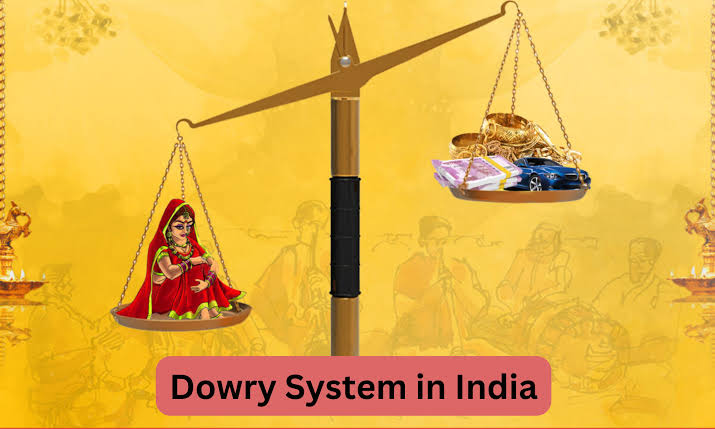The Dowry Prohibition Act 1961 And Its Present Perspective
The dowry system is a pervasive social evil that has plagued modern society. This practice has claimed the lives of many girls, while others continue to suffer from it like slow poison throughout their lives. Therefore, it is crucial to address this issue at the individual level and take significant steps to eradicate this evil from our society.
In India, even with the presence of strict laws, the practice of dowry remains prevalent. To counteract this, every woman is entitled to her Streedhan. Streedhan is a woman’s right to claim her wealth at any time and use it as she sees fit. It is important to note that Streedhan differs from Dowry in that it is voluntary gifts given to a woman before or after her marriage, and is never coerced.
It is common for Streedhan to be mistaken for dowry, even though the law defines it differently. Streedhan is a voluntary gift given by the bride’s family to the bride as a way to help her establish her own property. There are strict laws around Streedhan, and if the groom’s family refuses to return it when requested, they can face serious consequences under Section 405 & 406 of the Indian Penal Code.
The Dowry Prohibition Act is an Indian law that was enacted on May 1, 1961, with the aim of preventing the exchange of dowry. However, the original text of the act was deemed ineffective in curbing the practice of dowry.
The original Dowry Prohibition Act was amended to introduce minimum and maximum punishments for giving and receiving dowry. Additionally, a penalty was introduced for demanding dowry or advertising offers of money or property in connection with a marriage. In 1983, specific crimes of dowry-related cruelty, dowry death, and abetment of suicide were also established in the Indian Penal Code.
According to the National Crime Records Bureau statistics, in 2012, nearly 200,000 people including 47,951 women, were arrested in regard to dowry offences. However, only 15% of the accused were convicted.
It is unfortunate that in many instances of 498A, large sums of dowry are claimed without any valid reasoning. Even a rickshaw puller’s wife can make an allegation that she gave crores of rupees as dowry, and due to the nature of the case being cognizable, the police are obligated to register it.

In July 2014, in the case of Arnesh Kumar v. State of Bihar & Anr., a two-judge bench of the Supreme Court reviewed the enforcement of section 41(1)(A) of CrPC which instructs state of following certain procedure before arrest, and went on to observe that the 498A had become a powerful weapon in the hands of disgruntled wives where innocent people were arrested without any evidence due to non-bailable and cognizable nature of the law.
On April 19, 2015, the Indian government proposed a bill to amend Section 498A IPC based on suggestions from the Law Commission and the Justice Malimath committee for criminal justice reform.
Reference:-
n.d. India Code. Accessed October 22, 2023. https://www.indiacode.nic.in/bitstream/123456789/5556/1/dowry_prohibition.pdf.
Dixit, Vaibhav. 2015. Lawctopus.com. 30 January. Accessed October 22, 2023. https://www.lawctopus.com/academike/streedhan-right-woman/.
n.d. “DOWRY PROHIBITION ACT 1961.” Indian Numbered Acts. Accessed October 22, 2023. http://www.liiofindia.org/in/legis/cen/num_act/dpa1961225.
Lodhia, Sharmila. 2023. “Dowry Prohibition Act.” Dowry Prohibition Act, 25 August.
Tripathi, S.C. 2014. Women and Criminal Law. New Delhi: Central Law Publishers.
Author:- Gopi Krishna,Bishwanath Singh Institute of Legal Studies, Munger.



